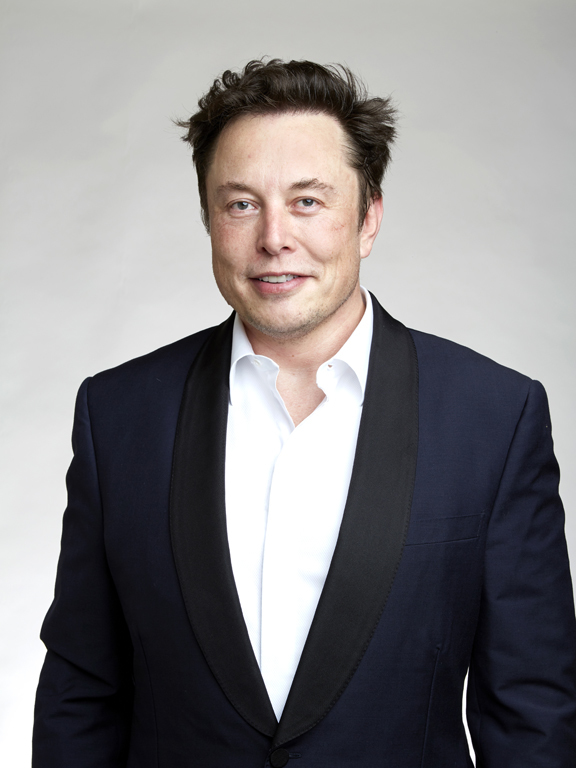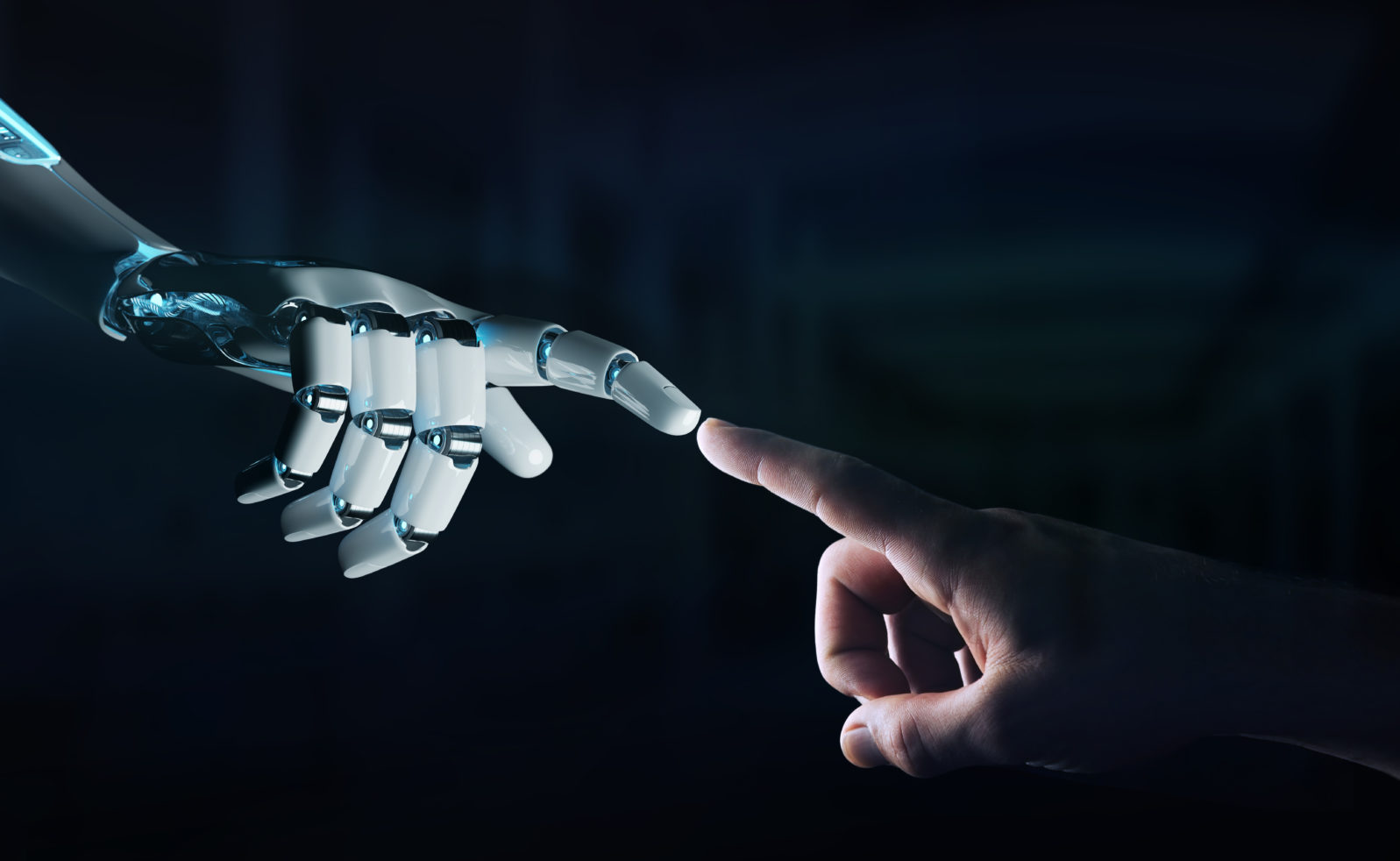Musk Goes All-In on the Tesla Robot
Musk puts all other projects on hold to pursue the dream of eliminating human labor, despite the reality that humans are irreplaceableIn August, during Tesla’s “AI Day” presentations, Musk unveiled the “Tesla Robot.” Or, in reality, a dancing person in a robot costume, along with some made-up specifications about the robot. Many (including the present writer) found this idea for a product line ludicrous, and a mere headline grab.
However, in a recent conference call with investors, Elon Musk has doubled down on the Tesla Robot, now named “Optimus,” as being the foundation for the future of the company. In fact, it looks like Tesla has put all of its other development projects on hold in order to work on the robot. The Cybertruck (announced 2019, originally expected in 2021), Semi-truck (announced in 2017, originally expected in 2020), and Roadster 2.0 (announced in 2017, originally expected in 2020), have all been delayed another year. But, according to Musk, despite the massive delays in its product line, the focus has shifted from these vehicles to the new Optimus robot.

“So, in terms of priority of products, I think actually the most important product development we’re doing this year is actually the Optimus humanoid robot,” Musk said during the conference call.
According to Musk, Optimus is about replacing labor in totality. Musk says, “This, I think, has the potential to be more significant than the vehicle business over time. If you think about the economy, it is – the foundation of the economy is labor. Capital equipment is distilled labor. So, what happens if you don’t actually have a labor shortage? I’m not sure what an economy even means at that point. That’s what Optimus is about.”
However, as usual, while Musk may be an innovative entrepreneur with the rare willingness to take wild ideas into production, his results typically fall far short of his fantasies due to his larger misconceptions about the world around him. In this case, he is failing to see what is known as Moravec’s paradox – that what humans think of as “complex” tasks are usually easy for computers, but “simple” tasks are very difficult. As computer scientist Eric Holloway points out, while we often think of being a janitor as a “simple” job, it requires manipulating complex objects through huge multidimensional parameter spaces. Most blue collar (i.e., “labor”) work is similar.
Holloway points out that you can solve these things by creating appropriately-constrained environments that allow such robotic/AI tasks to work successfully in. That’s why we already have automation on shop floors – these are highly regularized environments such that a robotic component can be straightforwardly added in. However, the vision that Musk is selling is that his robots can be added directly as labor replacements in whatever environment they are currently existing in.
In fact, Musk has repeatedly misunderstood the capabilities of robots in his business. Originally, the Model 3 was supposed to be built almost entirely by robots. Musk said that his vision for the production line for the Model 3 was to look like an “Alien Dreadnought,” and even said that he would ban people from the production line as they would slow the production line down to “people speed.” However, as Model 3 production moved forward, Musk was forced to face the fact that there were parts of the process that resisted automation. In fact, in 2018, Musk had to admit that he was underrating the importance of humans in the process, and excessive automation had been a mistake. The automation was causing delays, so they replaced several of the automated systems with human workers.
Another paradox that prohibits Musk’s vision of “replacing labor” is known as the “last mile” paradox. This paradox points out that as automation expands, the “finishing tasks,” which require human involvement, also continually expand. In other words, automating the bulk of the tasks does not leave laborers without anything to do. You can only automate certain parts of the task, which always leaves humans with finishing work to do. So, while automation often brings bulk gains in productivity, it doesn’t actually ever fully replace human work.
Interestingly, Musk says that the first use of Optimus will be internally, for “moving parts around the factory.” While this is not surprising as a prototype task, the fact remains that there are already plenty of factory floor robots which do this task. In other words, rather than finding tasks which haven’t yet been automated in order to revolutionize the workplace, the tasks that they are aiming for are already automated, and are probably more effectively-handled than a system like Optimus would be able to do.
One final note: One of the key qualities of blue-collar work is the ability to manipulate things with your hands. Being able to build substitute hands is a huge robotics effort which Musk has not even mentioned, which indicates that he may be unaware of the difficulties. For instance, it was a breakthrough revolution when, in just the past few weeks, engineers were able to create a hand which could simply hold an egg without breaking it. While this task is simple for almost any human, decades of research went into this simple task. Before Optimus is able to replace labor, he has to figure out how to use his hands first.
In any case, many people are able to build systems better after having failed once (or many times) by taking what they have learned in previous efforts and using those lessons to improve. So far, however, Musk seems to be committed to repeating his past mistakes rather than learning from them. If he is to move his company from cars to robots, he is going to need something more real than dancing actors to make the transition.
